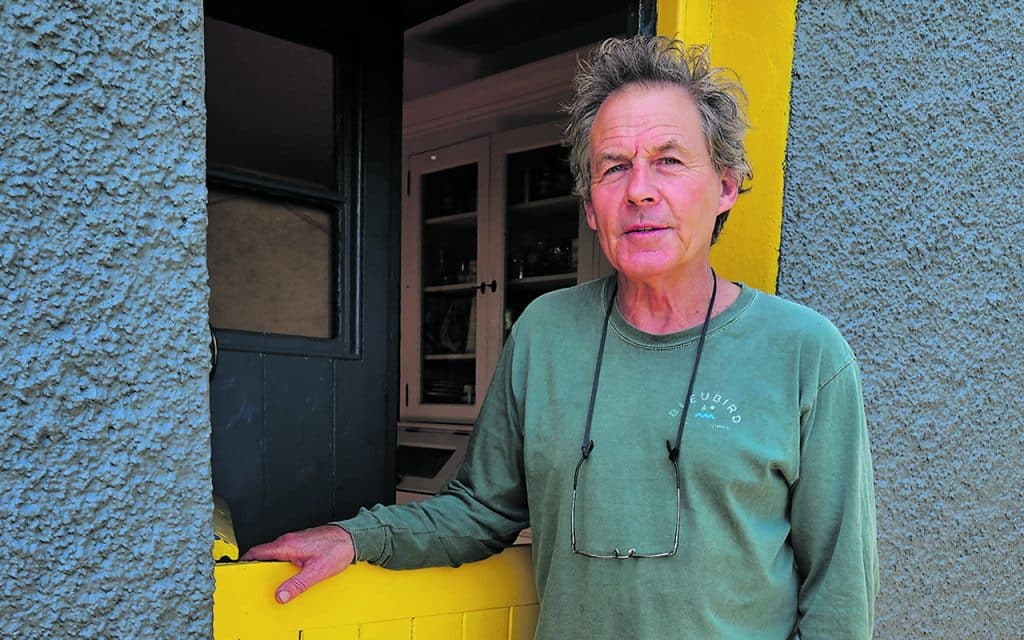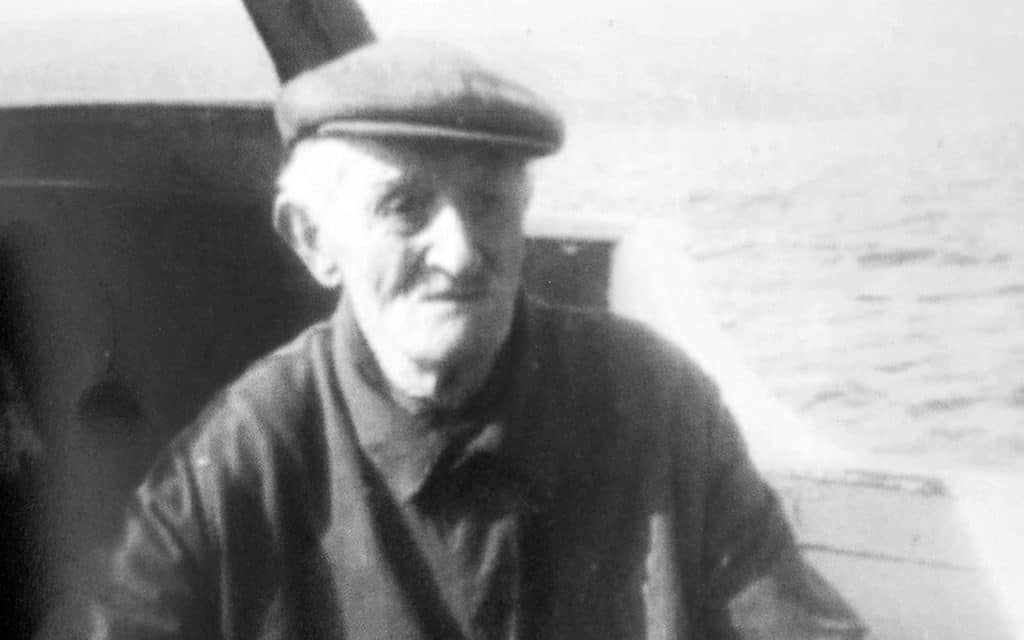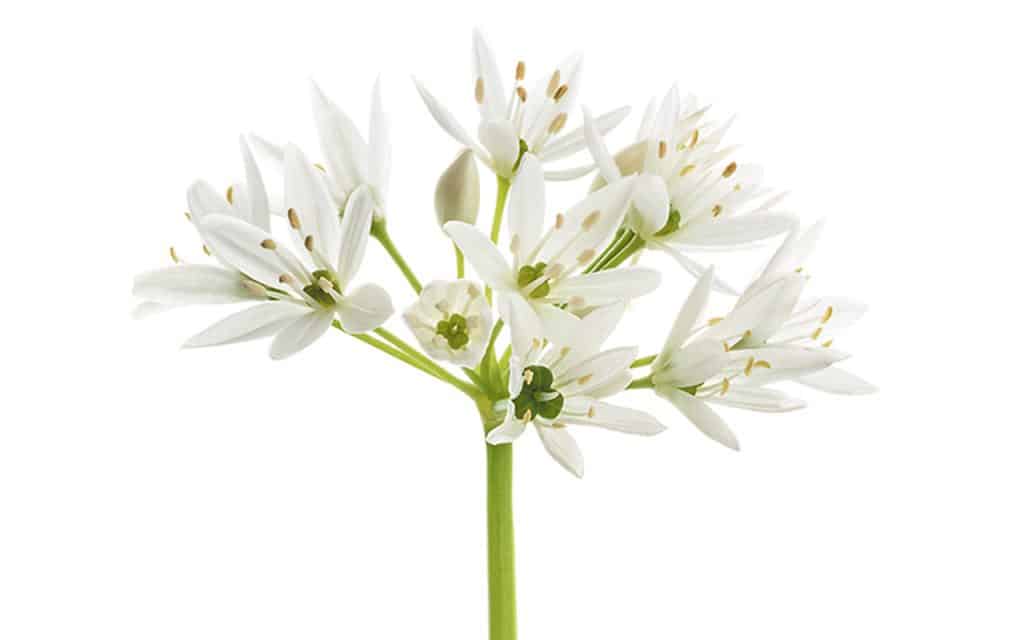Jutting out into the Atlantic, the large narrow headland with breathtaking views known as the Old Head of Kinsale – its name originating from the Norse placename Olderness – is as rich in history as it is in landscape. The first of the southwest headlands, it is the site of a promontory fort, allegedly built by an Irish chieftain named Cearmna during the Iron Age and, in later times was settled by the Norman De Courcey family. Reputedly, Caribbean pirate Anne Bonny was born here and, in 1915 the headland became the infamous site of the sinking of the Lusitania. From Vikings and pirates to farmers and fishermen, down through the decades, this peninsula has been home to all sort of interesting characters writes Mary O’Brien, including boatman and historian Jerome Lordan, 67, who has dedicated the most recent chapter of his life to tracing the social history of the area.

With his cruise boat, the ‘Spirit of Kinsale’, finally sold after over a year on the market, life has come full circle for Jerome, as he settles contentedly into a retirement that allows him to fully indulge his fascination for history and place names, his little cottage a mere stone’s throw from where his maternal great-great-grandfather grew up.
All of Jerome’s ancestors can be traced within the confines of Kinsale, Clonakilty, Dunmanway and Bandon and it’s this connection to the region that has fuelled his fascination with genealogy, a passion that he has imbued into a project tracing the people of the peninsula he calls home. The resulting book ‘Peninsula People’ – a collaboration between Jerome, the late Eugene Dennis and Pádraig Begley – is a beautiful collection of photographic memories telling the everyday story of life on the peninsula from the late 1800s onwards. Over 600 photographs were collected door-to-door in the local community, of which 450 were published, including one of the earliest, in 1890, of Jerome’s great-grandmother.
Growing up in a time when there was rarely a car on the road at the Old Head off season, a young Jerome spent many hours listening to the old ‘piseogs’ and tales of the local fishermen who frequented his mother’s pub ‘The Speckled Door’, an establishment that’s still in the Lordan family today. Built in 1867, the building, located in a small hamlet, which included a blacksmith’s forge, houses and a pub, was run as a small hotel (The Old Head Hotel) in the early 1900s. Jerome’s mother, May Dempsey, bought the pub in the 1950s, after moving home from Kinsale where she had been working in her uncle’s bed and breakfast, Dempsey’s Guesthouse, which today is the site of the Blue Haven Hotel. She met Jerome’s father, a local butcher, soon afterwards, and they renovated the building together.
While today the Old Head is mostly used for recreational activities, with the beautiful beaches and landscape drawing a large number of walkers, sauna-goers and watersports enthusiasts all year round; lobster and other types of inshore fishing featured predominantly in the area until more recent times.
As recorded in ‘Peninsula People’, local man Batty O’Sullivan, born 1871, still fished well into his eighties and would call to houses early in the morning selling fish caught the previous evening. Locals remember how there was always a race to sell the fish, as competition was keen; in those days a dozen mackerel could be bought for a penny.
“He was possibly the last man living on the Old Head who was brought up with Irish as his first language,” says Jerome.

Batty’s son Con emigrated to America and, after joining the US Army, spent time in a field hospital in France during WWI. It turned out that the man lying in the bed next to him, a British soldier, also had a connection to the Old Head. “Amazingly, it transpired during the course of their conversation that the British soldier was married to Con’s sister, Mary,” shares Jerome.
On July 1, 1982, the ‘City of Chicago’ ship wedged into the cave at Poll na Bolg, at the Old Head. All of the 505 passengers and crew were rescued and, over the ensuing days, the vessel broke in two and sunk. A variety of artefacts, including dinner plates, chests, and a door from the ship were collected by locals and are still preserved in local homes in the area today.
“Hearing stories like those when I was a boy was my first taste of history and the past,” shares Jerome, “and the start of my obsession with placenames.
His interest sparked by fishermen’s tales; the lure of the sea and promise of freedom – away from the tedious responsibilities of the family businesses – was inevitable for the teenage Jerome.
“To us children, the city kids (who arrived during the summer season) were much more sophisticated…and had more freedom than we could ever wish for,” he says.
“I was a bit wild when I was younger,” he smiles “when I wasn’t working, I was off climbing a cliff or out in a punt, with no lifejacket and a dodgy outboard motor, inevitably having to be rescued and towed in by a local fisherman.”
After finishing school, Jerome started his maritime career at the National Fisheries College in Greencastle, Co Donegal, in 1976. For the next 28 years, he fished out of Castletownbere, Ros a’Mhíl, Dunmore East, Kinsale and all places in between at one time or another, including a stint in Cornwall, Australia and New Zealand. He owned several boats throughout his career, the first a French 58-footer in partnership with Tom Williams in 1985. “I think I just wanted to run away to sea,” he shares, “away from the grind, morning, noon and night, of the abattoir, butcher shop, pub and farm.”
In Australia, he gained a new appreciation for the skills of the Irish fisherman. “The boats and techniques over there were very antiquated.” In New Zealand, he enjoyed the highlight of his career – as crewman on a crawfish boat, just him and the skipper, fishing in ‘Doubtful and Dusky Sounds, two remote fiords in Fiordland National Park, known for its stunning beauty and isolation. “It was bliss,” he says “like being on retreat. The only person we saw was the pilot of the seaplane that flew in once a month to take away the frozen cray fish tails.” After that, he fished off Cornwall for a few years, before returning home and buying a small 28-foot boat for shrimp, lobster and sole fishing. It wasn’t very profitable so he invested in a 39 ft trawler, fishing off the southwest coast for the next seven years. “It was a great earner,” he says “but I was getting older, my bones had started creaking, and with the introduction of quotas, it became harder to make a living out of fishing, so I sold the boat.” In the early 1990s after the fall of the Iron Curtain, he spent some time travelling through Southern and Eastern Europe.
After returning to fishing for a few more years, Jerome’s fascination for local history and folklore brought a change of path in midlife that took him back to education and resulted in the launch of his tourism business, Kinsale Harbour Cruises.
He completed a course in heritage management at Coláiste Stiofáin Naofa, went on to do a BA in archaeology and Celtic Civilisation at University College Cork and, in 2012, a masters degree in local history, which was awarded for his thesis on local place names of the Old Head.
He has since published two books, the first, ‘No Flowers on a Sailor’s Grave’, tracing the long-forgotten shipwrecks of Kinsale and Courtmacsherry and the afore-mentioned collaboration ‘Peninsula People’. Most recently he has created a map of 180 place names running from east of Howe Strand to Hake Head, south of Sandycove, Kinsale, which he plans on digitalising. “I used a map made by a distant relative of my mother, Francis Dempsey, as a template,” he explains.
“My aunt used to say, if you’re going fishing, keep me a ‘biardán’, which was a small white pollock. Like so many other old Irish words, you won’t find it in Dinnen’s ‘Foclóir Gaeilge agus Bearla’ dictionary,” says Jerome. “A lot of these names were intimate interpretations of our landscape by locals, becoming placenames, so it’s important to record them.”
As well as field names, the map includes a number of 17th and 19th century lighthouses, the Signal Tower at the Old Head, early medieval ring forts, promontory forts, boathouses, cillíns (burial site for children) and a fulacht fia (a bronze age burnt mound exposed today at low tide on The White Strand at the base of the Old Head). “If you crack one of the stones, you’ll see that it’s red inside,” shares Jerome.
It’s only in the last fifteen years that Jerome’s interest in history’s social legacy has really developed. “I had little or no interest in this kind of thing when I was younger,” he admits. “But as you get older you realise the importance of recording things before they are forgotten.”
Between 1937 and 1939, the National Folklore Commission collected stories about local history and folklore from school children all over Ireland. “It’s one of the biggest oral archives in the world,” says Jerome. “There’s 64,000 townlands in Ireland, 60 in this parish alone. Wouldn’t it be wonderful if every parish collected stories and old place names. What a record that would be.”
He recalls how during the War of Independence his own grandfather fed members of the Third (West) Cork Brigade, a unit of the Irish Republican Army, the night before his trashing in Courceys Parish, as he had ample food in the house for the next day. “They had a narrow escape, as later on that night Percival and the Black and Tans paid a visit, searching the farm high up and low down looking for members of the brigade, all to no avail.”
On another occasion, Jerome’s aunt and grandfather, while picking potatoes in a field near Bandon’s Seven Crosses, witnessed the shooting of IRA man John Murphy by the Black and Tans. “They hid behind a ditch. Everybody around here has little stories like those.”
His first publication, tracing local shipwrecks between Oysterhaven and the southwest corner of the Seven Heads – using newspaper reports and historical accounts, supplemented by local knowledge and the invaluable lore of members of the older generation – illustrates the precarious nature of seafaring in the past.
“All of the shipwrecks are equally fascinating, but of particular significance to the local area was the sinking of the ‘Ellen’ off Black Head in 1977,” shares Jerome. Tragically, it took the lives of five men from the peninsula. Remarkably the inquest gave no evidence of the weather conditions, tides or details of where exactly the event took place but the sunken rock the survivor’s spoke about going inside on their return voyage and referred to in a newspaper report was at Black Head. Jerome’s guess is that the sunken rock “was at ‘Carraig na Rón’ midway along the shore at Bullen’s Bay.” The descendants of some of the crew still live in the area today.
Currently, Jerome is doing some research on fishing, or rather the lack of, during the Famine. “If you look at the stats, there were lots of boats but the boats were terribly poor quality, half rotten,” he says. “The country was also awash with pawn brokers and people were so desperate they pawned everything of value, including their boats. There was also no salt for preserving fish.”
It’s easy to look back through rose-tinted glasses, but Jerome can’t forget the “bone tiredness” that came with commercial fishing. It took him years after stepping away from the industry before he could enjoy fishing again. These days, when he’s not doing research, he enjoys pottering in his garden, going out in his boat, or travelling to places like Northern Norway or Iceland — drawn to their “elemental” landscapes.
He’s currently reading ‘Atomic Habits’ by James Clear, and says his aim going forward is simple: “to try to do everything a little bit better.”
Considering West Cork not just a place, but a mindset; Jerome is determined to continue documenting the lives of those shaped by its landscape, capturing a local history that might otherwise fade.



